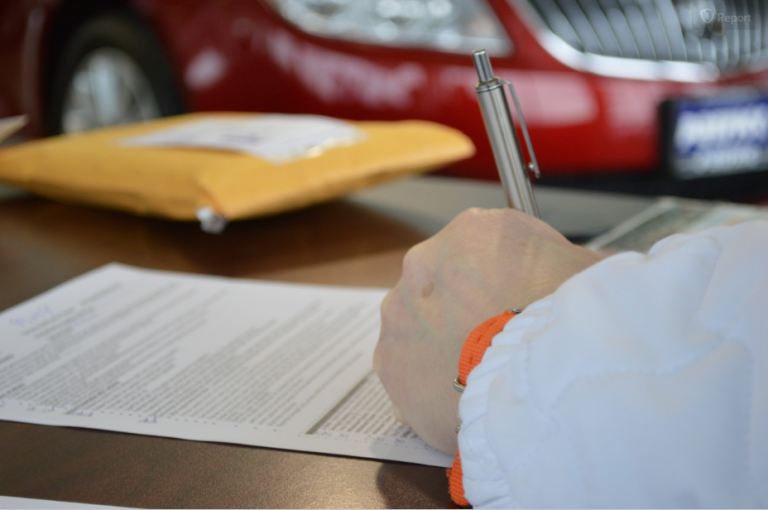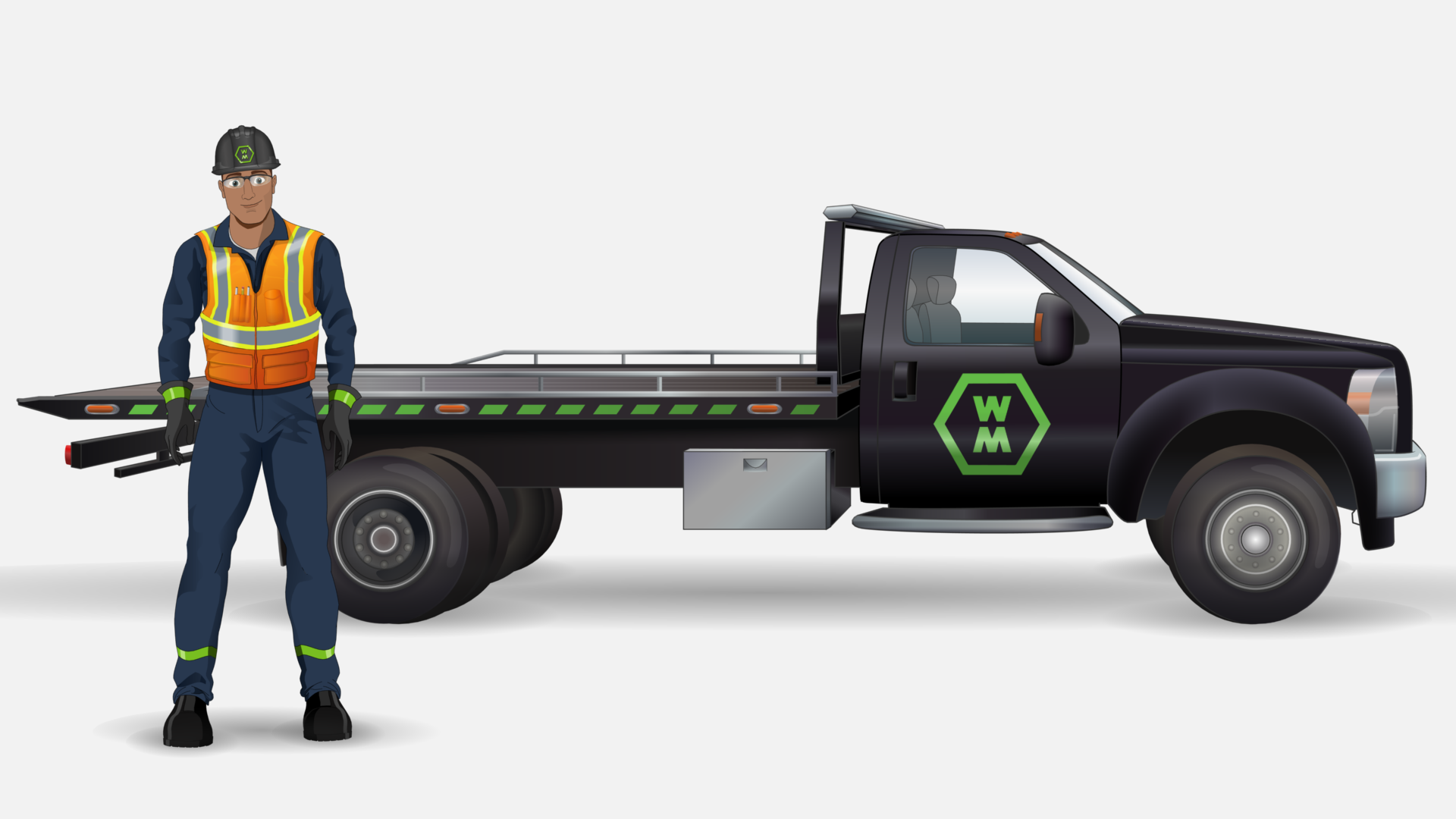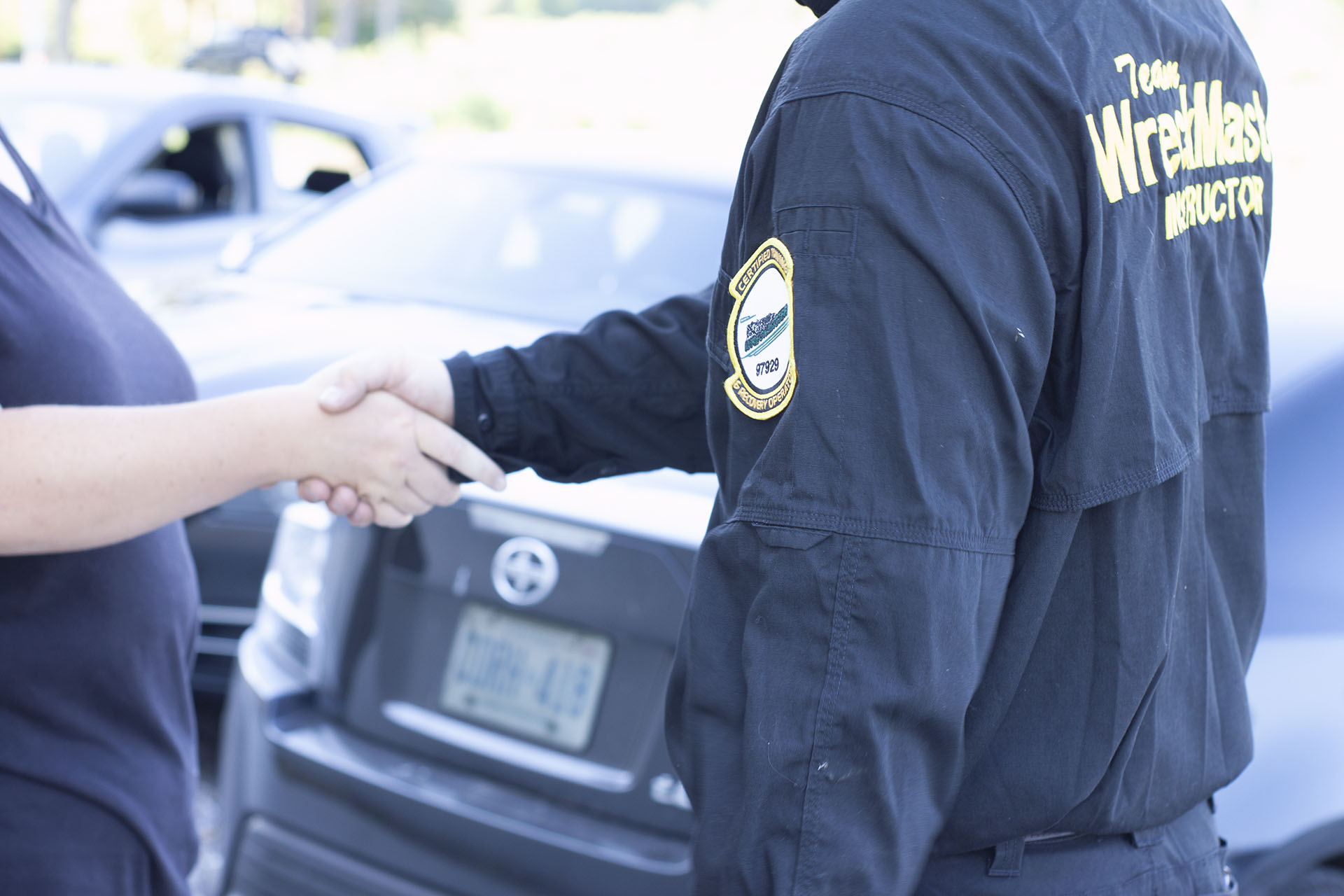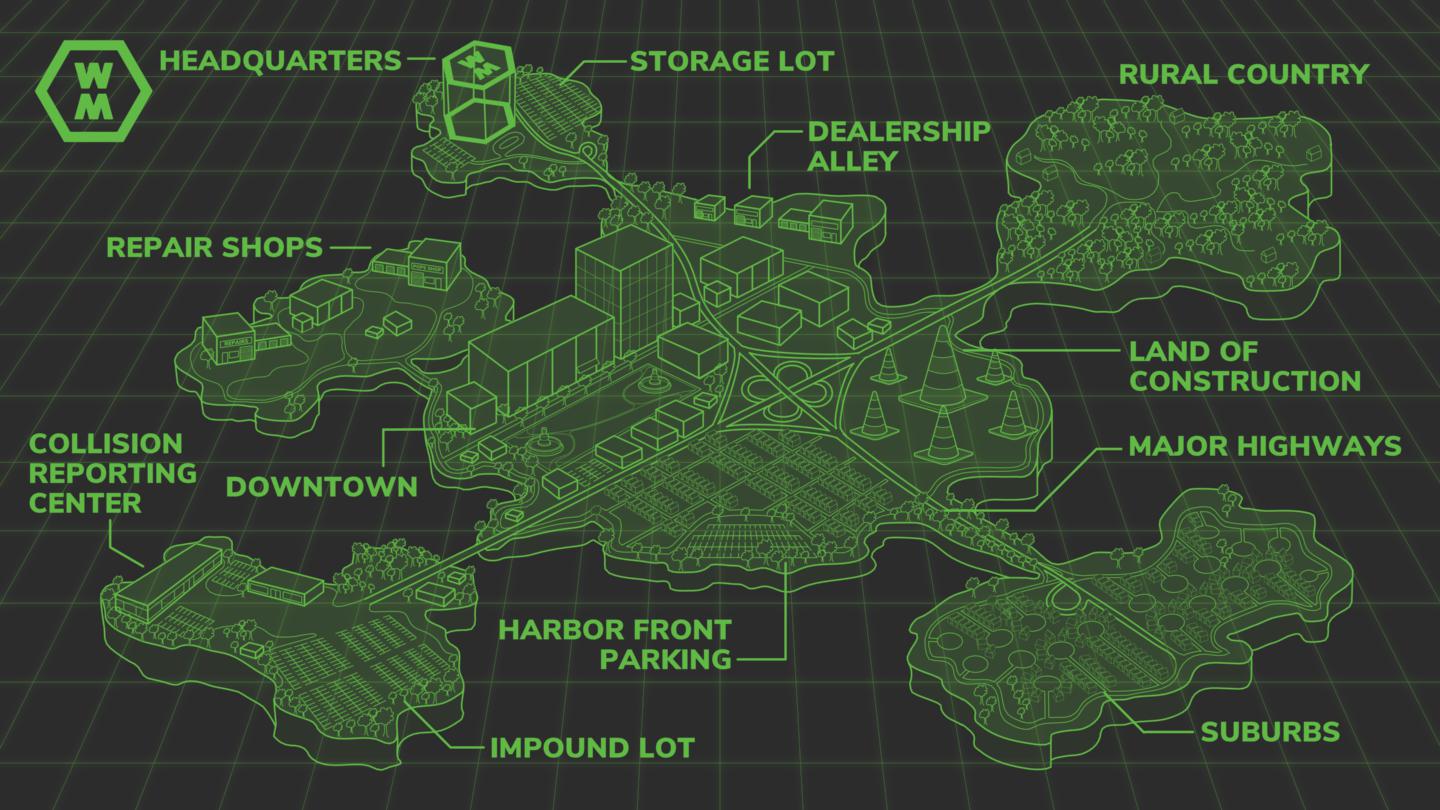INTRODUCTION
In your first lesson, you’ll be learning about how a towing company operates on a day-to-day basis, your responsibilities and about your company’s facility.

Every tow company will have unique ways to handle paperwork; the type of documentation, volume of document and whether the process is digital-only or hard copy are some of the factors that will vary from company to company. However, every company will require its operators to have an understanding of the following processes:
- Payment – understanding how to process payments on the road, including how to process motor club and dealership purchase order jobs and knowing what forms of payment are accepted.
- Invoicing – invoicing will be based on many variables, such as work required, distance and whether it is a motor club, customer pay, dealership purchase order job.
- Truck and equipment maintenance reports – documentation is required for maintenance reports that can occur daily, bi-weekly, monthly or annually. This includes daily circle checks.
- Dispatching filing – every company will have a unique dispatching system, whether it is paper, text or digital based.
- Hours of service – local requirements from DOT or Ministry of Transport detailing hours of service in a journal or run sheet, punch clock, or log book.
In addition to paperwork, your company should educate on their processes for the following clerical duties:
- Benefits – learning what benefits you are entitled to and when you will have access to them / when probation period has passed.
- Payroll – setting up payment and signing any related documentation. This can vary if the operator is part time, full time or contractor
- Scheduling – are you on-call, on shift, what’s expected hourly and when are your days off? When are you entitled to vacations?
- Sick days / leave – understanding the procedures for calling in sick, how many sick days an operator may receive and what qualifies for sick leave.
CLEANLINESS

Having a clean uniform, truck and equipment is important to be efficient on the job and for customer service relations. The appearance of an operator and vehicle are the first impression for a customer.
Your company will educate you on the following topics:
- Company dress code – Learn whether your company provides a uniform or if they have a dress code for operators. If there is a uniform, learn the process for having the uniform cleaned.
- Personal Protection Equipment (PPE) requirements – It is the responsibility of every operator to know and abide to both the company and Department of Transportation requirements for PPE equipment while operating in different jurisdictions and roadways.
- Personal grooming and appearance – An operator must be aware of the requirements for personal appearance of not only clothing, but hair and facial hair for their company. This is particularly relevant when long hair can be a safety hazard when using equipuipment.
- Vehicle appearance – All vehicles are subject to a daily vehicle inspection (DVI) for every day that they are in use. This time should also be used to clean and organize the truck. An organized truck not only helps create an efficient and safe operator, but makes a good impression on customers.
CUSTOMER SERVICE

Good customer service is a very important skill for a light-duty operator to have. While you will be learning more about customer service later in this course, your company should educate you on the following factors:
- Company Policies – every company will have a unique set of policies that extend past personal appearance. Items such as tolerance for alcohol and drug usage use of company vehicles, hours of operation and anything else that would be expected of an employee.
- Transportation Authority Requirements – An operator must understand the requirements and regulations for an operator to provide service legally in their jurisdiction.
- Customer Service Guidelines – A typical subsection of company policies, new operators must learn company practices for dealing with customers, first responders and anyone else they may encounter on a job. This should include items such as practices for transporting customers, dealing with difficult individuals and how to treat customers who are waiting for their vehicles in the shop/yard’s designated waiting area.
TRUCKS & EQUIPMENT

TOWING OPERATIONS
During your facility orientation, you will also have to learn about the operations side of towing. There are different processes for different vehicles types, route planning and drop locations should be covered early on in an operator’s training.

Overview of area of operations – new operators should be provided with a detailed orientation on the area they will be working in. This includes items such as speed limits, on-going construction, in the area, and impound lots and other common tow destinations. Route planning should become second nature for an operator.
Process for different vehicle types – if tows are not being taken directly to a repair shop or to the company yard, knowing where each vehicle should go is important. Different locations may be required depending on the type or size of vehicle or whether the casualty was a repossession.
During your facility orientation, your company will introduce you to the system for organizing trucks and equipment as well as where stock for vehicles will be kept. Take the time to learn what makes your company’s vehicles unique.
- Orientation on trucks and equipment – even experienced operators require an overview of the trucks they will be working on. This includes details on the trucks specifications (fuel type, tire size), available equipment and how to properly stock the truck for jobs
- Stock for trucks – knowing not only what goes onto which vehicle, but the capacity, process for checking tools and stock out and knowing where and when to re-order.
